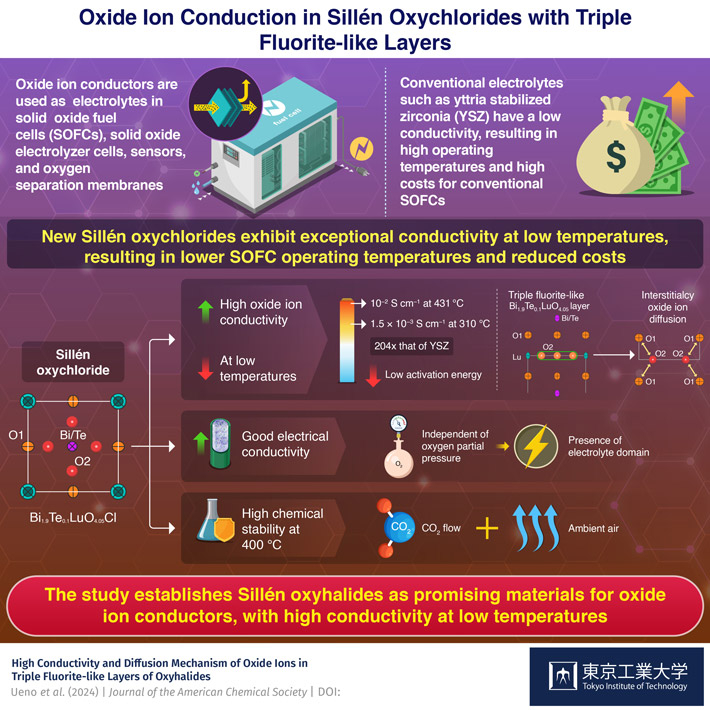This article was first published in the July 2022 edition of the ADA’s News Bulletin.
To get the best results when you brush your teeth, toothpastes contain abrasives, which are added to help with tooth cleaning and stain removal. In this article, Dr Elizabeth Milford looks at how abrasives achieve plaque removal, and learn about the testing that ensures that toothpastes can be both effective and safe.
Why are abrasives added?
A little bit of abrasive can help the toothbrush bristles grip the sticky plaque and brush it away. As well as assisting with plaque removal, abrasives also assist with stain removal. Without any abrasive, toothpastes would become a slippery gel. Therefore, a little bit of abrasivity is beneficial. The balance that toothpaste manufacturers are aiming for is just enough abrasivity to safely and gently remove stains without damaging the enamel; not too little, not too much.
How can we test that abrasives are safe?
Toothpaste manufacturers are able to measure and test for abrasive safety by measuring the RDA, or radioactive dentine abrasivity index. The RDA is a standardised reference guide for toothpastes used by manufacturers in the lab. It has been set as an international standard by the International Standards Organisation. For a toothpaste to comply, the standards state that a paste requires an RDA of 250 or less, and is therefore ‘safe for a lifetime of use’.
This standard is supported by scientific consensus as well as professional groups internationally, including the British Standards Institute, the American Dental Association, and the World Dental Federation.
In fact, as stated in research by Addy and Hunter in 2003: “Normal toothbrushing habits with toothpastes that conform to ISO standard will in a lifetime of use, cause virtually no wear of enamel and clinically insignificant abrasion of dentine”.
How does RDA testing compare to real-life considerations?
There are additional protective features that exist in the mouth that are not accounted for in the laboratory.
The test is of dentine, rather than enamel. Not only is enamel harder, it tends to be more abundant in the mouth, protecting most surfaces on most teeth. Dentine tends to be exposed only in certain areas and surfaces of a mouth. Testing safety on dentine means that even the vulnerable surfaces are protected.
Proteins from the saliva can also form a protective feature known as the pellicle. This protective feature is not accounted for in the RDA lab method, adding another layer of safety in the mouth.
The laboratory method to test the RDA employs between 1,500 and 3,000 brushstrokes, all in the same place on the one tooth surface. In the mouth, however, you are more likely to find more natural brushing styles, and varying brusher behaviours.
What this all adds up to is testing conditions that are much more extreme than everyday brushing conditions to make sure that any toothpaste that complies with the international standards will be safe, as well as still being effective against plaque and stains.
Are there are variations between pastes that meet the standard?
The International Standards Organisation is clear that there are no gradations within the standard. It is not appropriate to label a toothpaste as low, medium or highly abrasive when it meets the RDA test of below 250. Research has shown that toothpastes with different RDA values, even with a 100 RDA value difference, didn’t show any difference in cervical lesion depth overtime, as long as they met the safe limit.
Think of it like a lift, or an elevator. It will have a safety limit stated as a number of passengers or a total weight limit. It doesn’t matter how many people there are in the elevator as long as the total is below the safety limit. But, anything above the limit is unsafe.
While differences in RDA value under 250 are not indicators of higher or lower safety, they can be associated with cleaning efficacy. To reflect on an earlier point, toothpastes with very low RDA values (~50) are likely to be poor in cleaning efficacy, and plaque removal. Plaque removal is measured by another test, the pellicle cleaning ratio. In a toothpaste, the important feature is the balance between the pellicle cleaning ratio and abrasivity.
What factors can influence toothwear?
Clinically, in the context of toothwear, it is erosion and attrition, rather than abrasion, that are the primary drivers of hard tissue wear. A patient’s individual wear factors such as brushing behaviours, brush contact time, diet and acids must all be considered, making abrasion a relatively small factor.
Because erosion and attrition are so important, we need to protect against them. And the ingredient stannous fluoride can help with that. If a stannous fluoride toothpaste at any RDA less than 250 is compared with a sodium fluoride toothpaste with any RDA less than 250, the stannous will provide an additional protection against wear via its barrier-forming properties.
Summary
To summarise, it is important to remember that toothpastes need to achieve a balance – to find the so-called sweet spot where we have the right amount of abrasive that can effectively remove plaque and stains, but still be safe for the hard tooth structure.
An adapted version of this article can be found at teeth.org.au as a great resource for patients concerned about toothpaste abrasivity.





